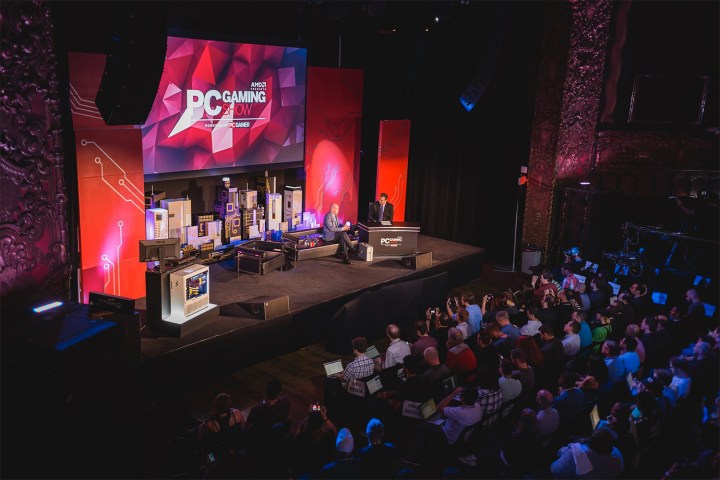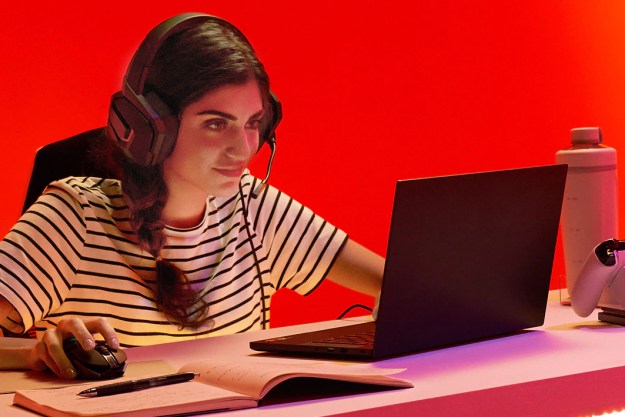
Importantly, AMD is the first brand to make the move to the 14nm FinFET die size. The smaller silicon means better power and performance efficiency, while still providing a decent performance boost, if the RX 480 benchmarks (from AMD) are any indication.
There are improvements to the software and feature side to, and they happen at the API level. Like the RX 480, the new cards are DX12 compatible, with a higher feature level than Nvidia’s previous generation cards. That’s allowed the $200 RX 480 to slide past the much more expensive GTX options in benchmarks like Ashes of the Singularity. It even competes with the GTX 1070 and 1080, although there are other factors at play there.
It’s a similar story with Asychronous Compute, which works pretty much exactly like it sounds. The GPU is able to run more background calculations while rendering, which can result in better framerates and lower latency. Nvidia made some strides with Async Compute in the GTX 1070 and 1080, but AMD is still ahead, and part of that is thanks to the red team’s improved support for new APIs, like Vulkan and DirectX 12. Nvidia also supports these — but AMD seems have more experience coding for the newer APIs, perhaps due to its early promotion of its own Mantel API.
Vulkan follows up Mantle as AMD’s open source graphics API of choice. Developed by Khronos, the same team that created the widely used OpenGL standard, Vulkan is designed to cut out the distance between software and hardware, increasing performance and efficiency, and it leverages some of AMD’s tech to get there. Unlike Nvidia’s GPU tech, which includes proprietary features like PhysX and HairWorks, Vulkan is designed with enough hardware abstraction to run on non-AMD devices.
But these new GPUs aren’t just for desktop gaming PCs, and AMD is acutely aware of its own lacking market share in the mobile department. The new cards will be targeted at budget laptops as well, and if their target price point is any indication, they could end up turning cheap laptops in gaming whiz-kids.
The focus beyond gaming continues with suppoert for HDMI 2.0b, DisplayPort 1.3/1.4, and acelerated H.265 encoding. All of this ensures that gamers can take advantage of 4K video thanks to support for the latest connection standards and lower CPU overheading when playing UltraHD video.
Like the specifications of the new cards, the price is still a mystery, but AMD stated in no uncertain terms it would be targeting the sub-$300 price point with the line. Considering the RX 480 is priced at $200 even, the two lower numbers are certain to be budget build leaders.
Editors' Recommendations
- AMD’s RX 7600 XT might be dead on arrival — but there’s a catch
- The biggest gaming news of 2023: Insomniac leak, GTA 6 reveal, and more
- Nvidia gave AMD’s RX 7800 XT a free win
- AMD’s two new GPUs significantly undercut Nvidia
- AMD might admit defeat, but it’s for the best



